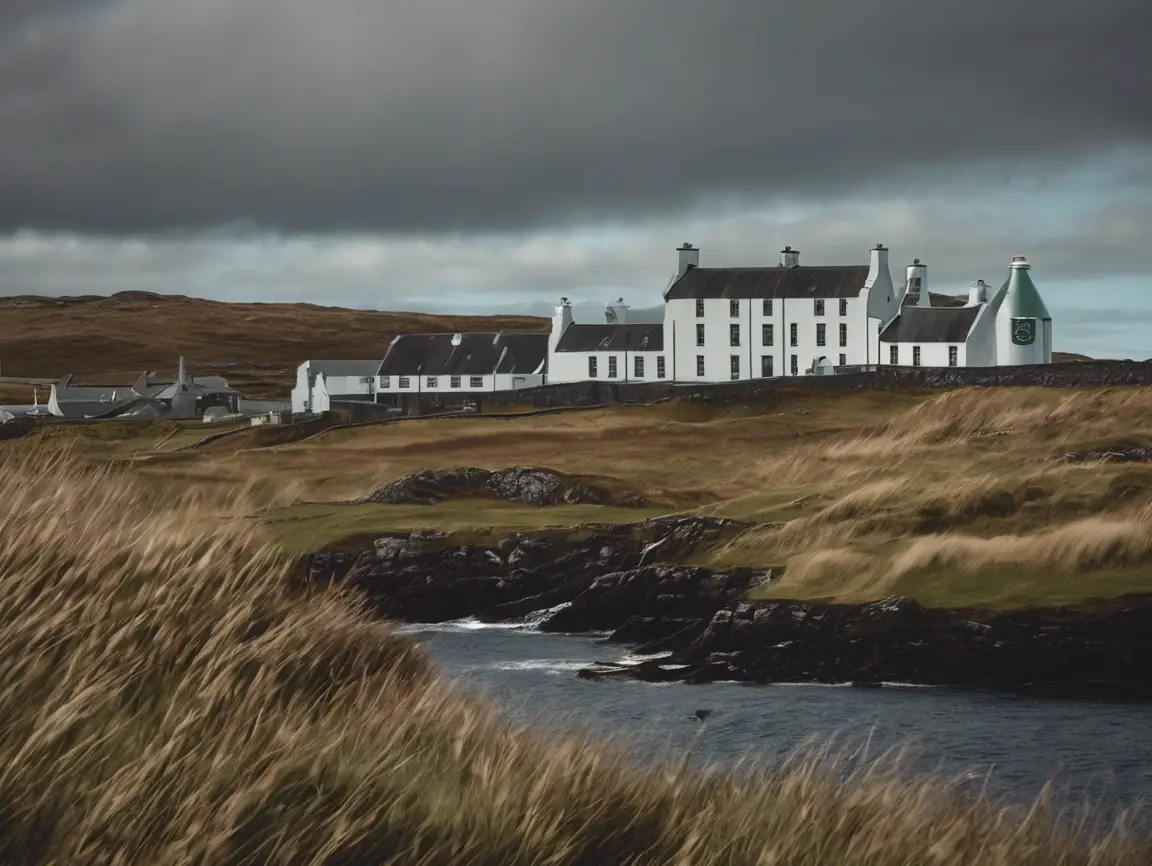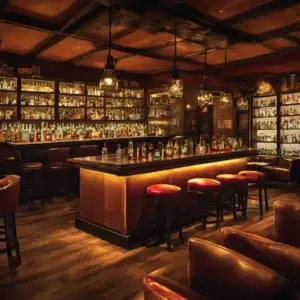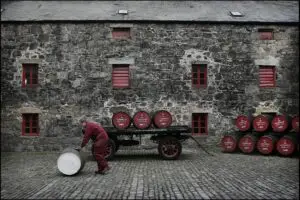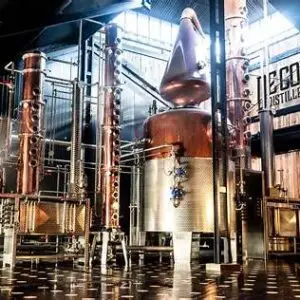Founded during the golden era of Scotch whisky, Bruichladdich Distillery was established in 1881 by the visionary Harvey brothers—a family already experienced in whisky production in Glasgow. Located on the remote west coast of Islay, far from the cluster of distilleries on the island’s eastern shores, Bruichladdich set itself apart by embracing isolation and innovation from the start.
Unlike its peaty neighbors—Laphroaig, Lagavulin, Ardbeg, and Caol Ila—Bruichladdich sought to create a lighter, floral style of whisky. After decades of operation under the Harveys, the distillery fell silent in 1929, only to reopen in 1936. Yet, its journey remained turbulent, marked by ownership changes and intermittent closures—most notably between 1995 and 2001.
The true renaissance came at the dawn of the 21st century. In 2000, a group of independent investors led by Mark Reynier acquired the mothballed distillery from Jim Beam Brands for £7.5 million. Rather than modernize, they chose to restore the original Victorian equipment, preserving the soul of the distillery while reviving its legacy.
In 2001, Bruichladdich returned to production, not only as a working distillery but as a symbol of craftsmanship, terroir, and transparency. With four stills and an annual output now exceeding 460,000 liters of pure alcohol (and a potential capacity of 2 million liters), the distillery stands out by employing over 50 locals—more than any other distillery on Islay.
True to its ethos of authenticity, Bruichladdich sources up to twelve varieties of barley, including locally grown grains featured in its yearly « Local Barley » editions. Its commitment to sustainability is equally strong: from reusing waste heat to implementing anaerobic digestion systems that convert distillery waste into biogas, it’s leading the charge in green whisky production.
Another distinctive feature of Bruichladdich is its three unique single malts:
- Bruichladdich: Unpeated and elegant, showcasing the purity of Islay barley.
- Port Charlotte: Heavily peated, bold and complex.
- Octomore: Ultra-peated and experimental, often breaking records for the highest peat levels in whisky.
Interestingly, Port Charlotte and Octomore are named after former Islay distilleries, paying tribute to the island’s rich whisky heritage.



